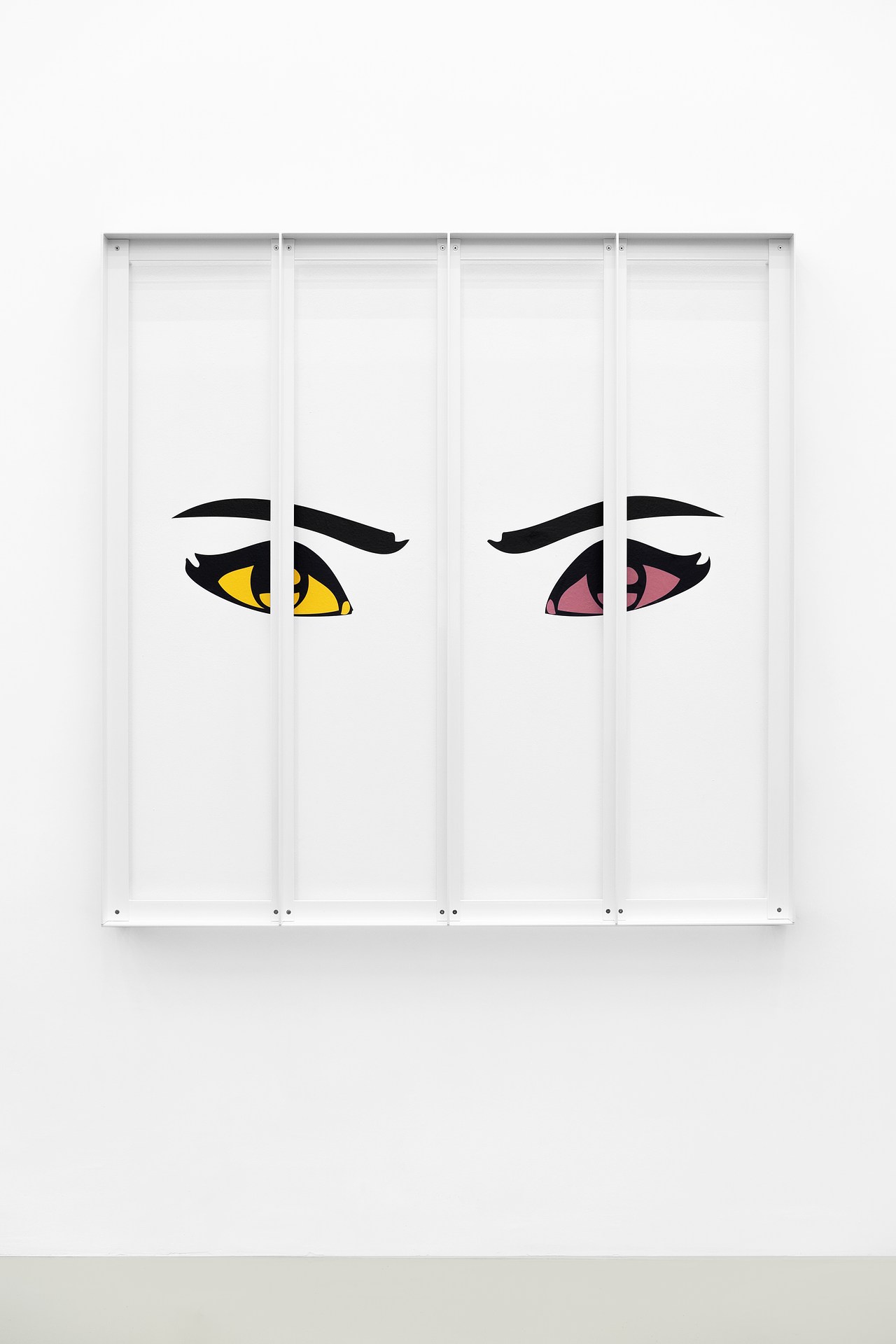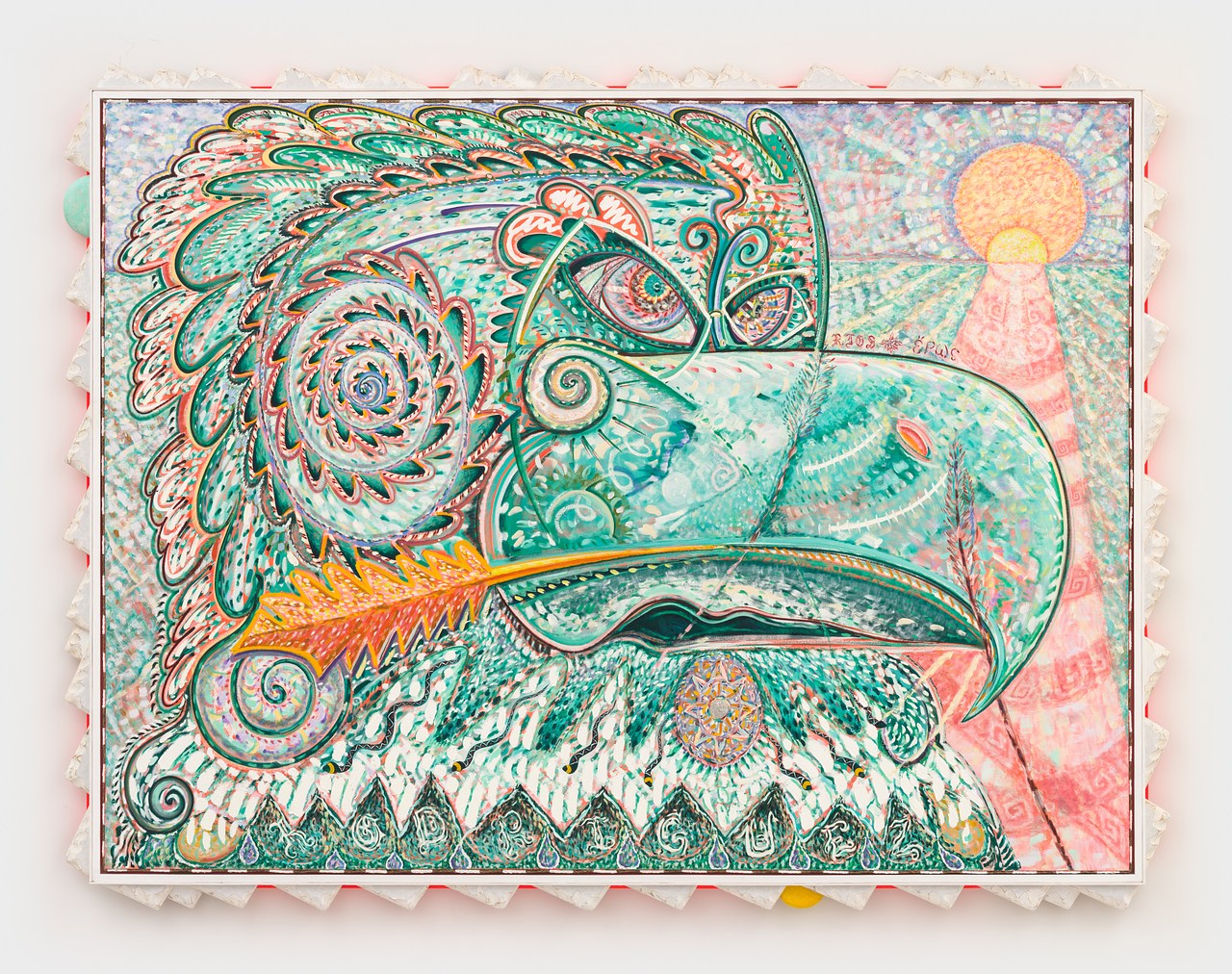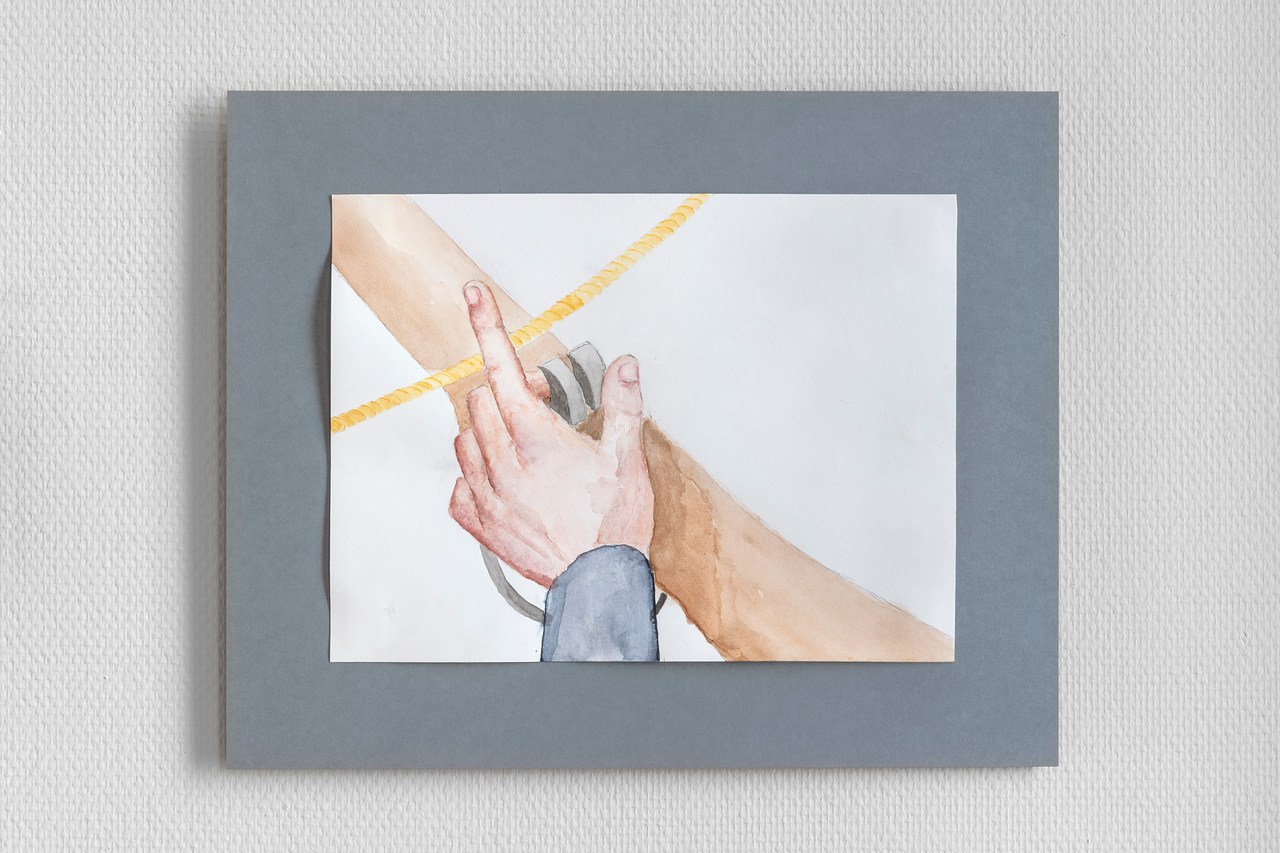A catastrophic dam collapse in southern Ukraine has reportedly flooded the house museum of late artist Polina Rayko, whose image of a dove has been adopted as a symbol of Ukraine’s resistance to the Russian invasion.
The Kakhova dam on the Dnieper River collapsed Tuesday, flooding dozens of regions in Ukraine and leaving thousands homeless and tens of thousands without clean drinking water, per the Associated Press. Ukrainian officials have accused Russian forces of deliberately destroying the dam, a move Ukrainian President Volodymyr Zelenskyy later described as an act of “ecoterrorism”. The Russian military has denied any wrongdoing.
Rayko’s museum, located in the artist’s hometown of Oleshky, was a priceless repository of her life’s work. A self-taught artist, she channeled her harrowing biography into lyrical visions of fauna and flora, most of which painted directly onto the walls, ceilings, and doors of her home. “As of now (7/6/23 6:00 p.m.), I know that the house with the frescoes is under water,” Simon Khramtsov, the head of a foundation that manages Rayko’s legacy, in a Facebook post, as quoted by the Art Newspaper.
Rayko, who was born in 1928, began teaching herself to paint at the age of 69, after a traumatic experience in the Second World War and the death of her daughter in a car accident. Following her death in 2004, her work drew international acclaim similarly to that of another Ukrainian folk artist, Maria Prymachenko, whose museum near Kyiv was shelled by Russian missiles in the first month of the war.
Artists, historians, and museum professionals have since shared their regret for the loss of Rayko’s home on social media.
Copyright
© Art News













